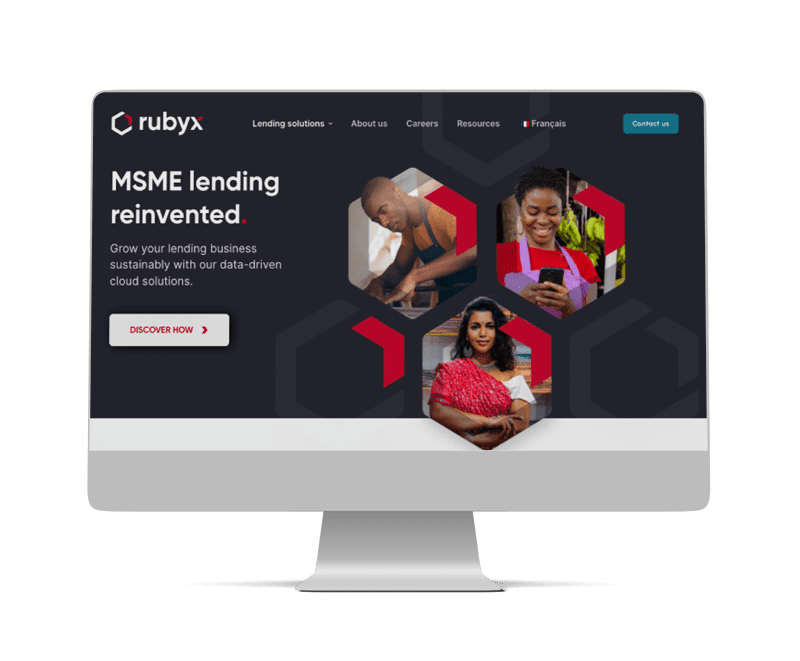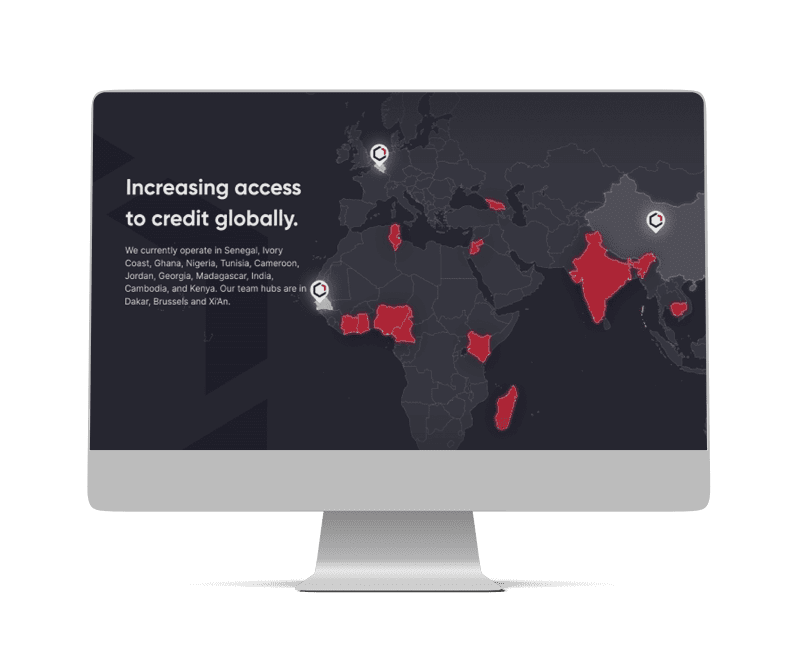Rubyx and Tyk
Rubyx is on a mission to address the fundamental challenges of lending in informal economies to entrepreneurs and small businesses. The company is using Tyk Open Source to underpin a new approach to microfinance and reduce the credit gap in developing nations.
Who is Rubyx?
Founded in 2019, Rubyx provides data-driven cloud solutions that are reshaping the lending landscape in developing nations. The company has grown from working exclusively with microfinance institutions to delivering an embedded lending experience, where borrowers can access working capital through platforms that they are already using to grow their business.
Why did Rubyx need an API gateway?
Rubyx has developed an embedded lending model, whereby MSMEs can borrow money to finance their income-generating activities. Rubyx works through digital platforms that those individuals are already using, for example to sell their wares or to take payments. This removes the need to have staff on the ground to assess each potential borrower’s creditworthiness – instead, that process can be undertaken using data on the platforms the borrower already uses.
Microfinancing is, by its nature, more labour-intensive than lending larger sums of money to fewer borrowers. As such, Rubyx needed to automate as much as possible to ensure that it could deliver a profitable approach to lending. It also needed to ensure that its solutions were easy for digital platforms to integrate and implement.
The digital platforms that Rubyx was in touch with had the technological capacity to integrate with Rubyx through APIs. Rubyx began thinking about how to provide APIs to those kinds of clients and swiftly decided that it was time for an API gateway solution.
Why Tyk?
Rubyx decided to use Tyk Open Source, which is open and freely available via GitHub. The fact that the gateway was open source was a big part of the appeal, as Rubyx CTO Sitao Zhang recalls:
Open source means it’s more transparent for us. Sometimes, the code itself is the best documentation, especially when we understand the language of the open source project and can participate in it, like with the Tyk API Gateway. So open source was one very important factor for us.
Also important to Rubyx was that their API gateway would place nicely with Kubernetes. Sitao explains:
Tyk has good, native support for Kubernetes. That means it’s very easy for us to deploy and manage the resources with our existing deployment pipelines.
How is Tyk working with Rubyx?
Rubyx is using Tyk to provide a classic backend-for-frontend simplification of the frontend, with Kubernetes sitting behind microservices, to enable businesses to embed Rubyx’s services.
In the backend, Rubyx is the orchestrator of services from various different vendors. These include Google Cloud, an open source solution that Rubyx uses to manage its loan bookkeeping and the payment companies that provide the payment services in the Rubyx platform.
With all these different services and APIs internally and externally, we wanted to provide our clients with a unique gateway to publish these services, explains Rubyx CTO Sitao.
Tyk is providing a uniform gateway into the different services and different vendors in the backend. Rubyx is then using OpenAPI documentation so that users can consume and understand its APIs through its documentation portal.
How is Rubyx benefitting from using Tyk?
Rubyx is benefitting from the fact that Tyk doesn’t just make APIs available but also makes them easy to adopt. The fact that Tyk Open Source is free to use also supports the profitability of Rubyx’s socially conscious lending mission.
Using Tyk also means that Rubyx is able to simplify the service that it provides. Rubyx CEO Denis Moniotte explains:
Initially we were really focused on the AI – that was where we started, and we were excited about that. But very quickly we realised that for the business to really go to the next step, for it to be impactful and deliver results, it wasn’t enough… To capture the instantaneity of the value proposition, the APIs became so important to creating a real lending-as-a-service experience.
This approach meant that Rubyx could enable its partners to deliver real time offers through their platforms, crediting the relevant amounts into borrowers’ wallets. Denis comments:
That has been very transformative in our business – it meant we were really able to call ourselves a full lending as a service provider.
To meet clients’ needs, the Rubyx team decided that REST APIs were a must-have. The company offers APIs that enable clients to call straight into its components or objects.
Rubyx also offers APIs that allow clients to simply disburse their loans without understanding how the technology works. They can do this using orchestrated APIs that automate processes such as the need to create a cloud, check offers and do different validations. Rubyx takes care of a lot of those steps in the backend as part of the service it provides, so the user just has a simple API that they can use to create or consume a loan.
What’s next for Rubyx and Tyk?
Rubyx has experimented with using GraphQL internally, but most of its clients are still using REST APIs at present. CTO Sitao observes:
We are offering REST APIs as standard at first, but we’re thinking about later adding another layer on top of the REST APIs, so we can offer GraphQL – because one of the great advantages of GraphQL is that the API consumer only gets the data they need. This is very useful with clients in Africa who have low bandwidth. It saves a lot of data transactions and data transfer. So that’s something we’re seriously considering for the future. This is one of the reasons we chose the Tyk API Gateway – because Tyk also supports GraphQL.
For Rubyx, 2022 was all about refining the embedded lending model and working with its first digital platform clients outside of the microfinance space. 2023 is now all about scaling and managing growth in line with managing risk – with Tyk supporting Rubyx to achieve that.




